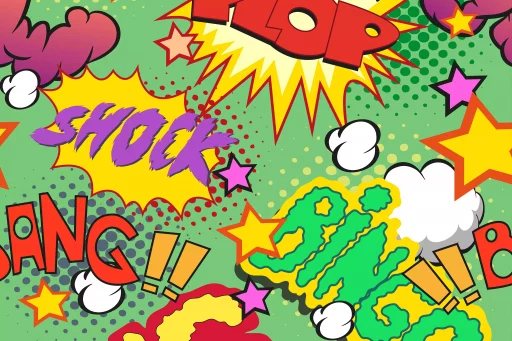Understanding KMS in Texting
In the fast-paced world of texting and online communication, acronyms have become a common shorthand to make conversations quicker and more efficient. One such acronym that has gained popularity, particularly among younger generations, is “KMS.” In this article, we’ll dive deep into what KMS means in texting, explore its context, and analyze its implications in communication.
The Meaning of KMS
KMS generally stands for “Kill Myself.” It’s often used to convey extreme feelings of frustration, disappointment, or humor in a hyperbolic way. While it can express genuine distress, it is frequently employed in a less serious context—especially among teenagers and young adults who might use it to express slight inconveniences or jokes about life’s absurdities.
Contexts of Usage
KMS is primarily found in informal settings, particularly in the following contexts:
- Online Communication: Texting, social media platforms, and messaging applications like Snapchat or Twitter.
- Humorous Contexts: Joking about minor disappointments, like failing a test or not getting into a desired event.
- Expression of Overwhelm: Sharing feelings of being overwhelmed with responsibilities, relationships, or work.
Examples of KMS in Texting
To give you a clearer idea of how KMS is used, here are a few examples of conversations that might include the acronym:
- Example 1:
User A: “I just spilled coffee all over my notes for the meeting tomorrow!”
User B: “KMS, that’s the worst!” - Example 2:
User A: “I got a C on my essay!”
User B: “KMS, I can’t believe this!” - Example 3:
User A: “My crush just posted a picture with someone else.”
User B: “KMS, why does this always happen?”
Potential Misunderstandings and Sensitivity
While KMS is often used casually, it’s crucial for users to be aware of the potential seriousness of its meaning. Using KMS flippantly might lead to misunderstandings, especially in discussions about mental health. Some may take it literally, prompting concern for the person’s wellbeing.
- Misinterpretation: A friend may worry that the person is genuinely contemplating self-harm.
- Context Matters: Without tonal cues, messages can be misconstrued, leading to unintended escalation in conversations.
Case Studies of KMS Usage
Consider a case study of two high school students, Jessica and Mark, who frequently text each other. Jessica often uses KMS to express her frustrations with schoolwork, like this:
- Scenario: When overwhelmed with final exams, Jessica texts, “KMS, I can’t handle these essays!”
- Response: Mark, understanding her humor, replies with, “You got this! Just breathe!” ensuring the conversation remains light and supportive.
On the other hand, if Jessica were to use KMS in a group chat with classmates who don’t share the same humor, it might lead to concern instead, showcasing the importance of context and audience in communication.
Statistics on Peer Communication
According to a recent survey conducted by the Pew Research Center, around 95% of teens and young adults have access to a smartphone, making digital communication a primary way to express feelings:
- Approximately 80% of American teens text daily.
- Over 60% have used slang, acronyms, or other shorthand at least once in messaging.
Alternatives to KMS
To avoid confusion and potential emotional distress, users might consider alternatives that convey similar feelings without the weight of such a serious meaning:
- SMH: Stands for “Shaking My Head” and can express disappointment without severity.
- FML: Short for “F*** My Life,” which conveys frustration but is less likely to be misinterpreted.
- LOL: Stands for “Laughing Out Loud,” which keeps conversations lighthearted.
Conclusion
In conclusion, while KMS is a commonly used acronym in texting, it’s essential to approach its usage with care. Understanding your audience, context, and the potential for misinterpretation can enhance communication and prevent misunderstanding. Just as with any form of shorthand, awareness and sensitivity go hand in hand in creating meaningful conversations.






